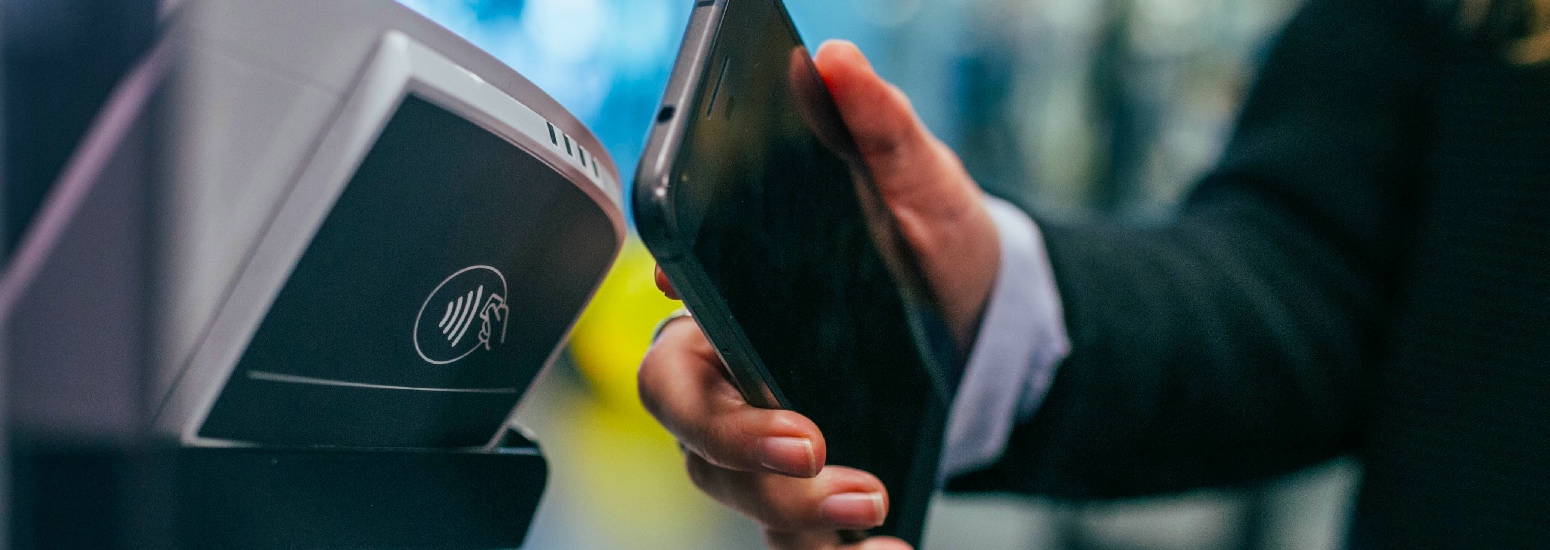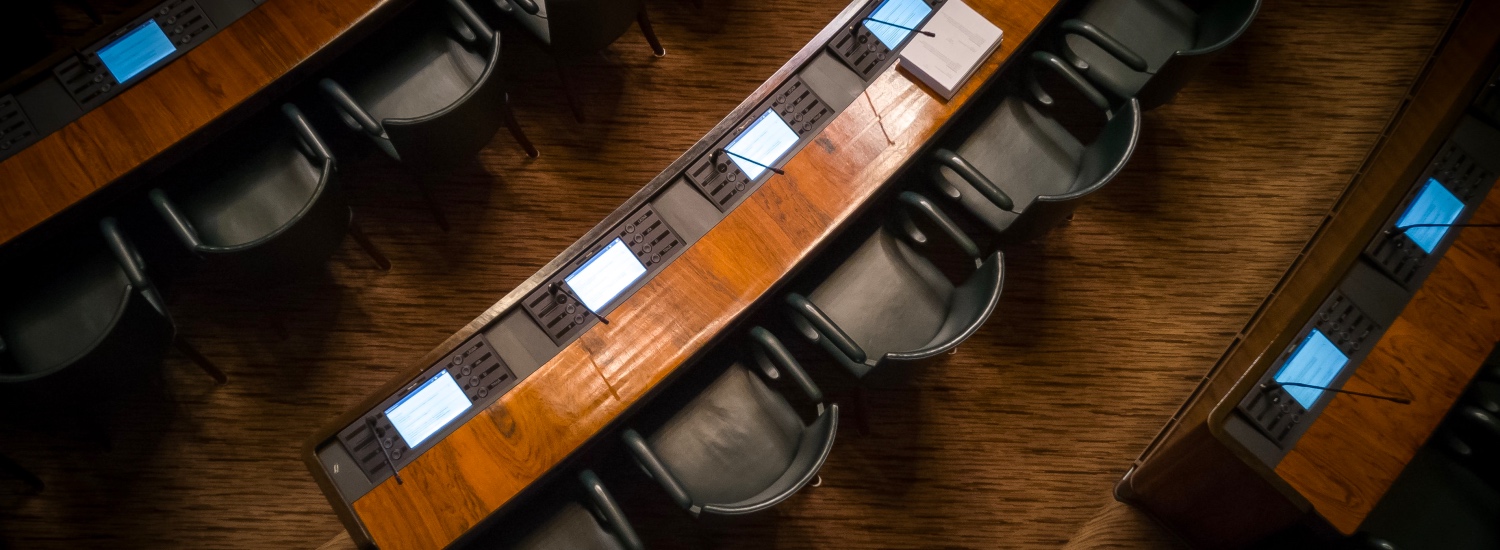
Blockchain & Financial Inclusion
When the word “blockchain” is mentioned many people think solely about bitcoin, cryptocurrency, tokens and questionable crowdfunding events. These are just examples of how blockchain technology has the potential to transform industries, organisations and culture around the world. Similarly to the internet, printing press, and the wheel before it; blockchain technology has the ability to drastically advance many key verticals such as healthcare, education, supply chain management, insurance and financial industries.
One of the crucial applications of blockchain technology is the ability to “bank the unbanked” – a slogan of the blockchain evangelists for the past years. The World Bank reports that nearly half the world lives on less than USD 5.50 per day. Now if we consider the distribution of GDP per capita in India or Africa we can see that the situation is more desperate still.
In analysing the The Changing Wealth of Nations report from 2018 we can see that a greater portion of private wealth is being generated in more concentrated hands – truly a widening wealth gap in the most extreme sense. Many people living in poor rural areas simply do not have the access to essential banking and financial services.
In addition to this they lack recognised identity or any form of financial record or credit history that would normally allow them to access the legacy financial system. Under these circumstances we look at how Gateway’s Inclusive Technologies (“IncluTech”), can promote financial inclusion and accessibility for those that most need it.
Five ways Gateway contributes to the “IncluTech” economy:
- Steamlining administrative processes and reducing costs. Biometric onboarding and lower transaction fees are key to enabling the unbanked access to current financial systems. The banked population from wealthier demographics do not usually require remittance services, but these services are constantly being used by the unbanked, most vulnerable populations, which then have to absorb exorbitant fees.
- Blockchain technology can be used to provide transparency as a trusted ledger of information, allowing for the clearer collection of vital statistics and civic records. This would allow for the better allocation of government resources and projects aimed at helping demographics that would otherwise not be included by current processes.
- In many situation the unbanked population are suffering due to a lack of identification. Enabling a biometrically recognised identity would circumvent the typical legacy documentation that is costly and complex for many citizens to acquire. A digital identity would enable the billions of people to become easily recognised and securely record transactions between a range of vital services, creating the beginnings of a credit history that could be trusted by commercial banks and financial services that require strict oversight.
- Blockchain recorded transactions provide a secure, automated and decentralised intermediation, drastically reducing the costs for applying and verifying the application or issuance of a loan or repayment.
- Blockchain technology and the digitalisation of keys services and identifiers allow the ability for real-time tracking of transactions, mitigating the “double spend” issues, drastically reducing settlement times and error handling. Decentralized and public blockchains are the catalyst for a new improved financial framework that enables financial inclusion, this framework will also encourage the current actors in the financial system to participate and interact with new segments of the population that would otherwise be excluded. We see the IncluTech Economy as a huge opportunity for the Global economy and humanity to act in a more inclusive manner. According to a report from the World Bank, emerging markets and especially the inclusion of the unbanked could generate 380 billion USD in revenues by 2020.










